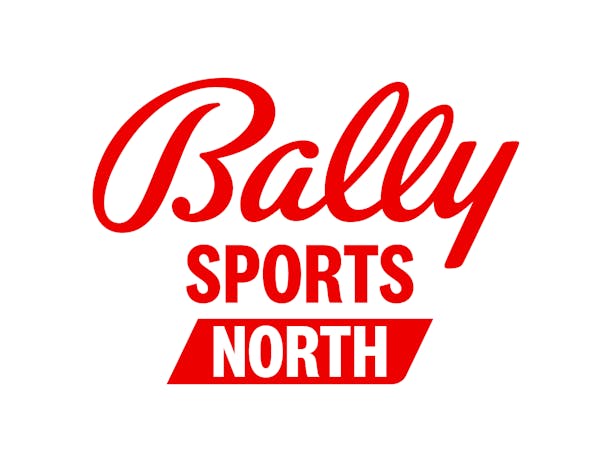 See
more of the story
See
more of the story
A frustrating two years for cord-cutting sports fans should come to an end, at least in part and at least for now, on Monday.
That's when Bally Sports is slated to launch a new standalone app, giving in-market fans access to the regional sports networks they lost when streaming services like Hulu and YouTube TV dropped them in the fall of 2020.
For Minnesota sports fans, $19.99 a month will provide access to all the Wolves and Wild games this season on Bally Sports North. The Twins, it should be noted, are not as of now available via the standalone app.
But the launch of the app also brings about a new set of questions. And it comes at a time when Diamond Sports — which operates the 21 Bally regional sports networks and is owned by Sinclair Broadcast Group — is reportedly under enough financial duress that it might be forced into bankruptcy.
In that scenario. the three major pro sports leagues tied most closely to RSNs — the NBA, NHL and MLB — could end up buying out Diamond Sports and running the operation, the New York Post reported this week.
What that all means for sports fans is a fascinating question. Jason Gurwin from The Streamable joined me on the Daily Delivery podcast Thursday with excellent perspectives and insights.
In regard to the price point for the Bally Sports standalone monthly subscription, Gurwin said he thinks $19.99 strikes a reasonable balance between satisfying cable companies and consumers. He said the relative success or failure of the endeavor will hinge more on quality than price.
"It will come down to how good they can actually make the product," said Gurwin, noting that there have been several user complaints with the existing Bally Sports app. "I don't think the $19.99 will be so cost-prohibitive for a fan who cut the cord. ... It's a decent alternative."
But Diamond Sports and the Bally RSNs have much bigger problems — issues that Gurwin doesn't think will be solved simply by adding a standalone streaming option.
"I don't think a direct to consumer steaming service will ultimately save them, even if it is successful," Gurwin said, "mostly because direct to consumer is a worse business than cable. They will always make more money from the cable bundle."
And that bundle has dwindled for a variety of reasons, leading to what Gurwin termed a "death spiral" and leaving Sinclair in a precarious position less than four years after winning a bid to buy the RSNs from Fox Sports for $10.6 billion.
"They're in a very challenging situation. They're billions of dollars in debt, and they're now only making hundreds of millions of dollars in cash flow. And the leagues are in a difficult position because they're very tied to Bally Sports," Gurwin said, noting that in the New York Post report it was suggested that part of the contract with Bally's says they don't have to pay rights fees to the leagues if they are in bankruptcy. "That's really bad for the leagues."
Would it be a good thing for the NBA, NHL and MLB to essentially take over control and operations of regional sports properties?
That, too, is complicated. It wouldn't necessarily be a better business model for the leagues. Conversely, if it did work financially for leagues it might not end up being great for fans.
"It may end up being great for the fans in that maybe games end up being more accessible, but in order for it to be a win for a fans the leagues have to say we're willing to give up some money we were making in the past," Gurwin said. "I'm not sure the players are going to let that happen. In any of these revenue sharing leagues, lower media rights mean lower salary caps and less money in the players' pockets."
Perhaps in the event of a buyout, leagues would be willing to get creative to create some stability in a sports watching world that has become volatile in recent years.
Or maybe the chaos is just beginning even as a temporary solution emerges Monday.






